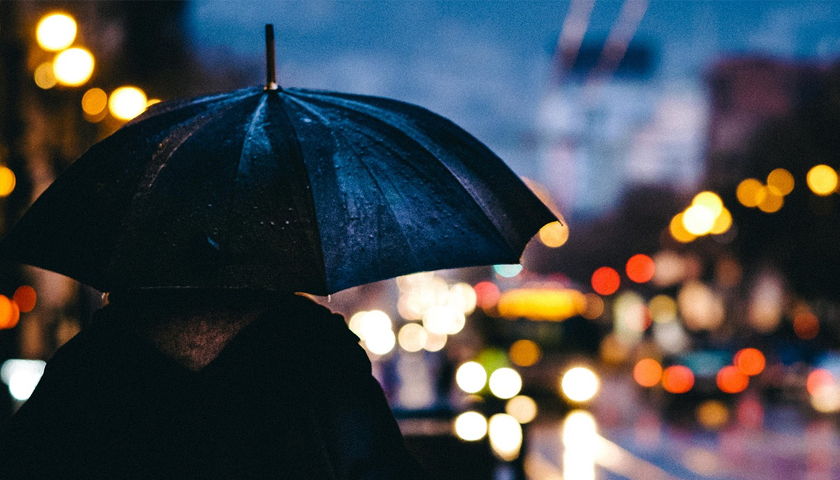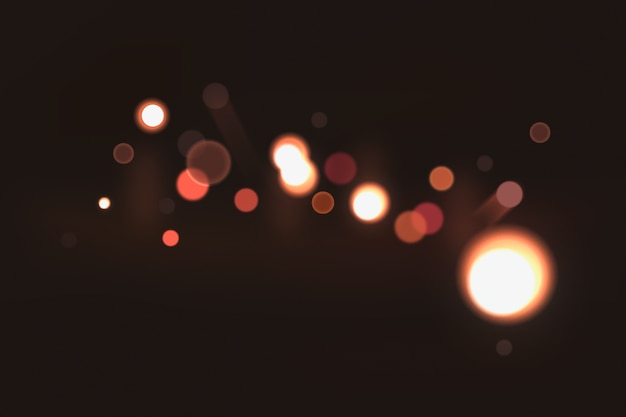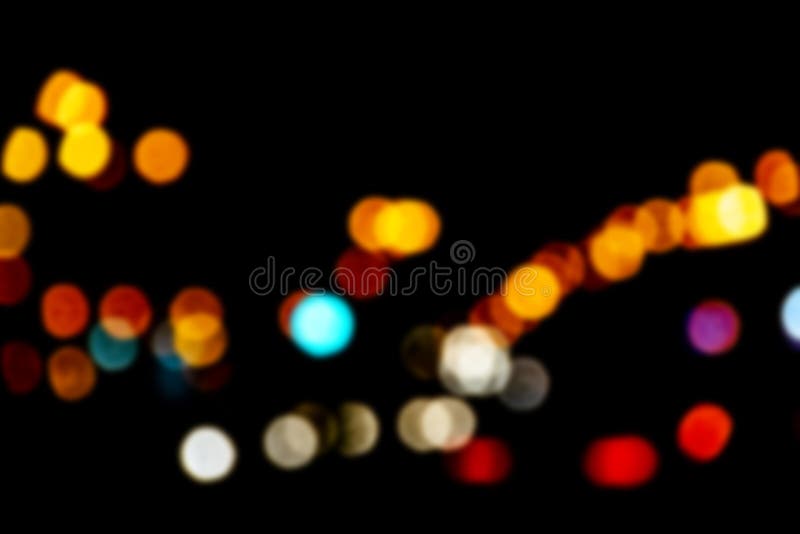Bokeh
There’s sturdy chemistry between rising actors Maika Monroe (“It Follows”) and Matt O’Leary ('The Lone Ranger') as they enact this nightmare, but this is more than a relationship movie. Jenai (Monroe) and Riley (O’Leary) are in Reykjavik, on their first vacation overseas. Their first morning they wake up, the streets are dead quiet and everyone in the land is gone. In some rough line-reading, they exclaim the gist of “What’s happening?!” or “There’s got to be someone here,” but after Jenai can’t make contact with her mom back in America, it becomes apparent—for some reason, whether it’s the rapture or something else, they are alone in the world.
“Bokeh” refers to the aesthetic quality of blurriness in photos, so no anxiety necessary (like I initially had) about some supernatural force or Icelandic monster third-wheeling this apocalyptic situation. Instead, writer/directors Geoffrey Orthwein and Andrew Sullivan keep the story interesting by making it about their differing ideologies during such a phenomena, creating thoughtful characters who see the world as either half-empty or half-full. Sometimes they’re on the same page, as they go shopping during a giddy montage, or find romance outside in places that would normally swarm with tourists. But it all comes to a head when Riley takes Jenai (who constantly checks her email inbox, missing her family) to see the abandoned corpse of a crashed plane from decades ago. He, an optimistic photographer who loves his old camera and the ugly images it can create, thinks it looks cool. She, however, as a pragmatist with a previous background in religion, sees it as an insulting symbol of where they are now. “We aren’t looking at the same thing,” she despairs. That statement is always true for the characters as they clash and come to terms with the world (and its a good reminder for the lovers in the audience as well).
An example of a photograph that features bokeh. In the articles, Johnston changed the spelling from “boke” to “bokeh” to make the pronunciation of the word more intutive, lest people. Bokeh is a fiscally sponsored project of NumFOCUS, a nonprofit dedicated to supporting the open-source scientific computing community. Donations help pay for cloud hosting costs, travel, and other project needs. ©2019 Bokeh contributors. The website content uses the BSD License and is covered by the Bokeh Code of Conduct.

Halfway through, “Bokeh” pulls back on narrative and pushes visual poetry, revealing its ambitions. At its best, these scenes proclaim talent with their ghostly, empty settings and lovingly-framed cinematography by Joe Lindsay, as gliding cameras, whimsical voiceovers and light pacing create a gorgeous atmosphere where you insert yourself into the story, wondering what you’d do—and want to believe—in this situation. At their worst, these showy passages with twinkling pianos and harps are an obvious bid for a Terrence Malick comparison, as if raising the ante on the “Song by Song” maestro by excising the whole world population in the final cut, instead of just main cast members.

Bokeh is one of the most popular photography techniques, perhaps because it’s powerful yet easy to do. All you need is a camera that allows you to adjust aperture and focal length, ideally a DSLR with a large maximum aperture.
Bokeh — from the Japanese ‘boke’, meaning ‘blur’ or ‘haze’ — is the blurring of a photo, or more precisely, the aesthetic quality of the blurring. You can create this blurring by using a shallow depth of field. You can create a number of striking light effects with this technique, or simply highlight a subject by keeping the rest of an image out of focus.
To get bokeh that’s a certain shape, like hearts or stars, you can create a bokeh filter or buy a bokeh kit, which includes all sorts of shapes.

If you’re using a smartphone, you’ll only be able to mimic bokeh through a special app or in-camera effect. While these bokeh effects can be lovely, they’re not as convenient or customizable as a DSLR. At least for now, creating bokeh with a DSLR is superior to any smartphone.
Ida Hollis – Day 335
At first, you may be tempted to use bokeh for everything. But as with any technique, using bokeh does not guarantee your photos will be amazing. Not every subject lends itself well to bokeh.
For instance, if you’re photographing a broad scene or landscape, a shallow depth of field won’t work. However, if you’re focusing on a single subject, like a cup or a candle, bokeh can be a good choice.
Beautiful Examples of Bokeh Photography
Below are a few genres/subjects that work remarkably well with bokeh, plus 40 beautiful examples to inspire your own bokeh photography.
Portraits
Bokeh is a great technique for portraits because it minimizes distractions, keeping the viewers’ attention on the model. It can beautify an ugly background, too. For instance, you can turn a grungy urban background into a picturesque evening scene through bokeh.
Bokeh can also be an effective way to add interest to portraits that lack eye contact, e.g. if the model is turned away from the camera. Without this eye contact, viewers are more likely to place their attention on the rest of the photo. If the background isn’t especially interesting, you can make it more interesting and beautiful through bokeh.
However, some portraits are better off without bokeh. For instance, you might want to use the surrounding environment to tell a story about the person, or vice versa – using the portrait to tell a story about the environment. In both cases, bokeh could get in the way of this connection and narrative.
Sergio Cabezas – So colorful
unaisa momoitio — 231#2013/365………..:).
Chiara Cremaschi – Alessandra
Amine Fassi – Neighborhood glows – 3
Sergio Cabezas – you can’t hide me
Cats and Dogs
The beauty of bokeh compliments the beauty of cats and dogs. Their soft fur and sleek shape matches the softness of bokeh, and their alert eyes match the roundness of bokeh lights.
But even apart from aesthetics, bokeh can useful for cat/dog portraits taken outdoors. Since many cats and dogs have neutral-colored fur that blends in with nature, they may appear camouflaged in an outdoor portrait. By blurring the background and focusing on the cat/dog, you make them stand out despite their camouflage.
Alex Greenshpun — “Climb a tree” they said
<kephoto> — Graciebokeh1KE
Torsten Behrens – Cat Bokeh – Schleswig-Holstein – Germany
Bokeh Effect
julian oh – Rocky
James Drury – flying Jessie
Insects
To get an excellent close-up shot of an insect, you may need to experiment with macro photography – a technique that goes hand-in-hand with bokeh photography. But even if you aren’t taking a macro shot, you can use bokeh to make a tiny insect more noticeable among the surrounding foliage.
Bokeh can also add textural contrast to an insect image. If the insect you’re photographing has a hard outer shell (like ladybugs and beetles), this hardness can contrast the softness of bokeh. At the same time, the roundness of the shell matches the roundness of the bokeh lights, so the two both compliment and contrast each other.
Alex Greenshpun – Ladybird
Anne Worner – Little Assassin

Gabriel Caparó – The Last Visitor
Joel Olives – Revisiting an old favorite
Amine Fassi — Syrphe – Lost
Flowers

Flowers are one of the most popular subjects for bokeh photography. Besides being lovely, flowers have a soft aesthetic that matches the aesthetic of bokeh.
In addition, the background of flower pictures tends to be perfect for bokeh. Often, there are other flowers or greenery in the background, which blend beautifully together.
Be careful not to overdo the bokeh, though. If the bokeh circles are too big, they can distract from the flower, especially if the flower is small. Smooth, blended bokeh is typically a better choice.
Bryon Lippincott — Petal Perfect
Wicaksono Trian Islami — Flowers II
Roelof de Hoog — Field of colors
Bokeh Movie
jordan parks — sunday morning
Alex Greenshpun — One of a Kind
Leaves
Like flowers, leaves tend to have a great background for bokeh. But unlike a flower, you can easily move a fallen leaf or a branch of leaves to get the perfect lighting and composition. You can also work with larger bokeh circles, depending on the leaf and the setting.
For example, if the leaf is large and dull-colored, bright bokeh lights can add interest to the photo. Similarly, if there’s a strong color contrast between the leaf and the background, you can add bokeh circles without distracting from the leaf.
Slavina Bahchevanova – Fallen
Digic-Vision – One leaf
Elizme – Refrains of Nature
Elizme — ~ soft rains ~
Alex Greenshpun — Voyage to Lilliput Continues
Grass and Mushrooms
Grass can be a brilliant bokeh subject, especially when it’s glistening with dew in the morning. This dew creates lovely bokeh circles, which contrast the sharp blades of grass. You can also add other subjects to a grassy setting, such as pine cones or small toys.
If you’re lucky, you may even find some mushrooms in the grass. Mushrooms have a cute, peculiar appearance that’s perfect for close-up photos. With bokeh, you can bring out even the smallest mushrooms, so viewers can appreciate their quirky beauty.
Mariana – Kissing the sun
Anne Worner – Glow – Joy and Hope
Piotr Szczepankiewicz – Pine Cone 1
Jette Baltzer – Jurassic Park
Andreas Kretschmer – Herbstleben
Bastian_Schmidt – Small things
Still Life
Many of the best bokeh subjects tend to be outdoors, where backgrounds are more colorful and interesting. But you can also get great bokeh shots indoors through still life photography. Because still life photos allow you to position your subject and choose the background, you have countless options for creating cool bokeh images.
When choosing the background for a bokeh image indoors, consider what objects and light sources would blend best together. Small lights, like candles or Christmas lights, often work wonderfully because they allow for more bokeh circles. Something familiar and distinctive, such as a hand or a face, can also be a good choice.
jordan parks — Untitled
Dave Fowler — Coffee Bokeh
Nathalie – Sunday Bokeh
Chiara Cremaschi – Untitled
Omair Haq – Muslima
Lights
With the right background lights, you can make bokeh your main subject, blurring the entire photo. This approach can work particularly well when you’re photographing city lights. The glow from traffic lights, street lamps, and windows at night are so familiar that viewers can imagine the scene, even when it’s blurred. They get the beauty of bokeh while still recognizing the setting and feeling its atmosphere.
jordan parks – summer
Tenia Prokalamou – Dear forever, you didn’t last
Ludvigem – Bokeh
jordan parks – Untitled
Many of the above photos were selected from our talented Flickr group. Got a nice bokeh image? Add it to the group so we can admire your work!
Bokeh Video Full
Never created a bokeh photo before? If you want to give it a try, here are the camera settings you’ll need.
Bokeh Basic Camera Settings
Aperture
Start by setting up your camera to optimize bokeh. You need a large aperture, such as f/1.4, f/1.8 or f/2. Aperture settings affect the depth of field. In bokeh photography, you want a shallow field depth, which means a low f-stop number. This allows you to apply the technique of blurring to the background while your subject remains in focus. Set your camera to aperture priority.
Shutter Speed
Bokeh Background
In aperture priority mode, you can either let your camera determine your shutter speed or use customized settings of 1/50 second or faster. If you go slower than this, the background blurs too much, negating the circled light effect. This can darken an image, but don’t be tempted to go for a higher f-stop number. Try instead to increase the ISO level.
Subjects and Lighting
Bokeh is easier to achieve if you can get close to your subject. If necessary, use your zoom to help. You’ll also find that when the background is bright — i.e. street lamps at night or bright sun behind your subject — bokeh will occur more naturally.
